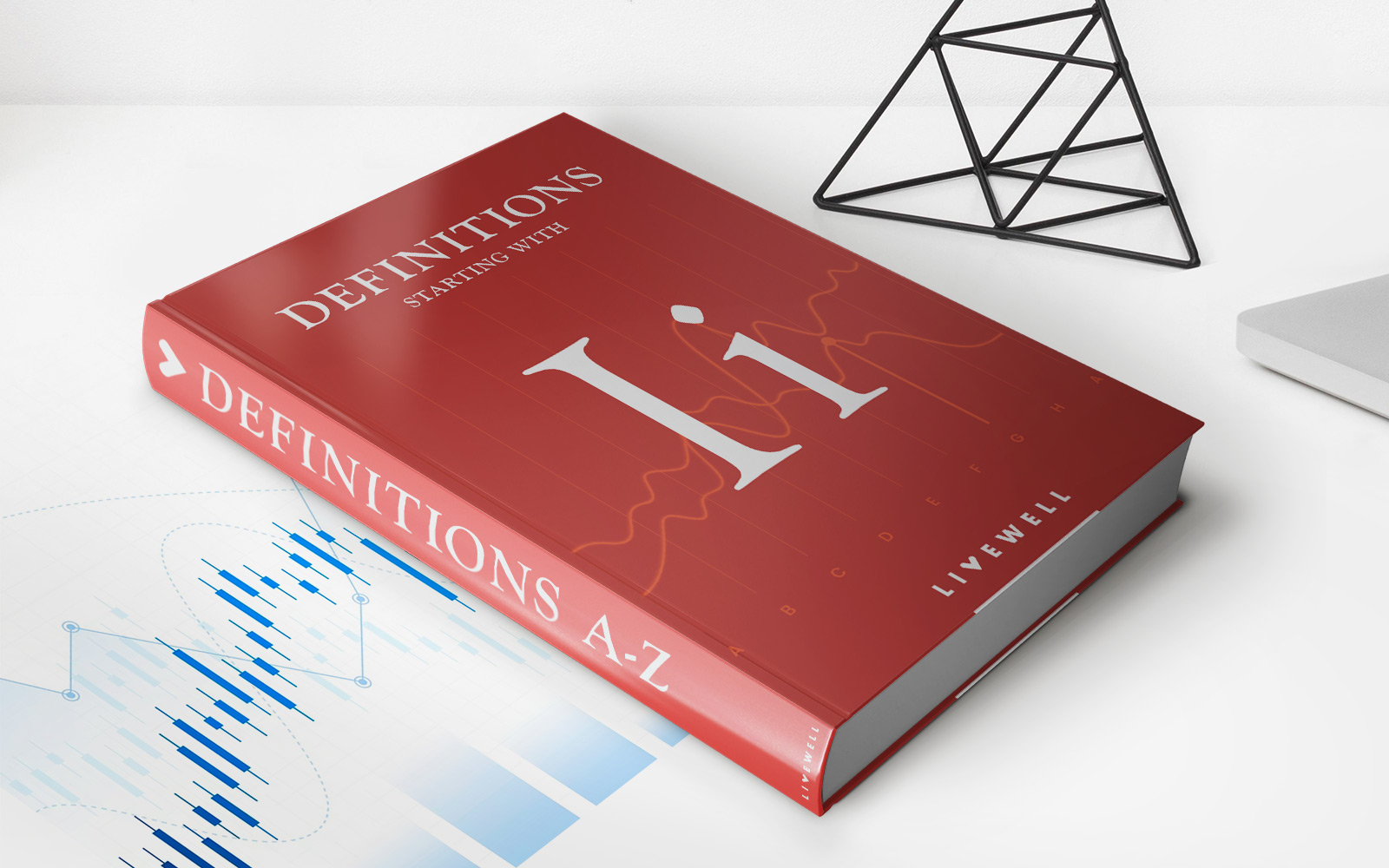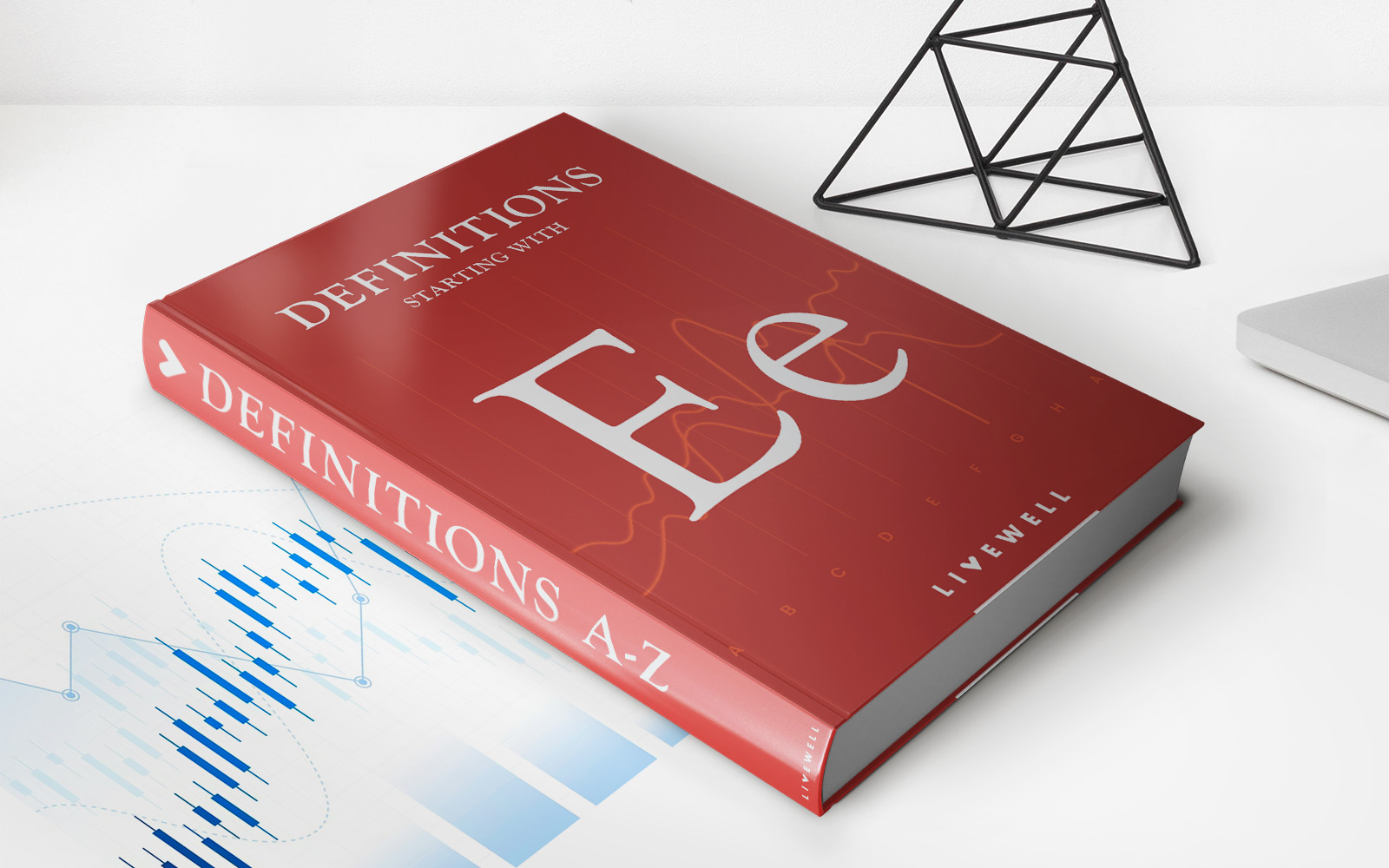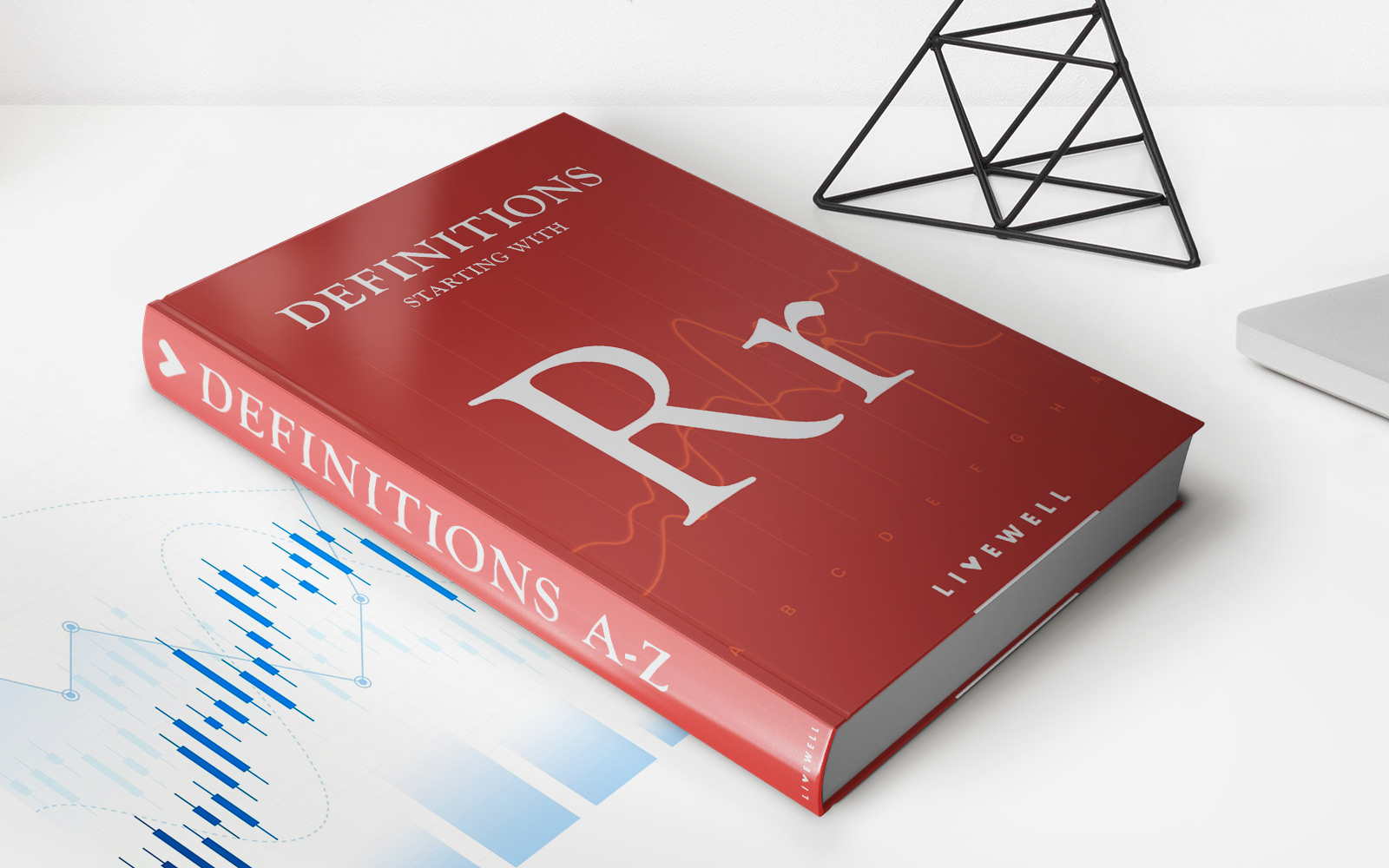Home>Finance>Fiscal Imbalance Definition, Types, Real World Example


Finance
Fiscal Imbalance Definition, Types, Real World Example
Published: November 25, 2023
Learn the definition, types, and real-world examples of fiscal imbalance in finance. Understand the impact of fiscal imbalance on economic stability.
(Many of the links in this article redirect to a specific reviewed product. Your purchase of these products through affiliate links helps to generate commission for LiveWell, at no extra cost. Learn more)
Fiscal Imbalance: Understanding the Definition and Types
When it comes to fiscal policies, governments always strive to maintain a balance between revenue and expenditure. However, in some instances, a fiscal imbalance can occur, which refers to a situation where a government’s expenses outweigh its income. This can lead to a variety of challenges and can impact a country’s economy. In this article, we will delve deeper into the definition of fiscal imbalance, explore its different types, and provide a real-world example to help you understand it better.
Key Takeaways:
- Fiscal imbalance occurs when a government’s expenses surpass its income.
- There are three types of fiscal imbalances: revenue-based, expenditure-based, and structural imbalances.
Types of Fiscal Imbalances
Fiscal imbalances can take different forms, depending on the nature of the discrepancy. Here are the three types of fiscal imbalances:
- Revenue-based fiscal imbalance: This type of imbalance occurs when a government’s total revenue falls short of its expenditures. It indicates that the government is not generating enough income to cover its expenses, leading to budget deficits and potential debt accumulation.
- Expenditure-based fiscal imbalance: In this case, a government’s spending exceeds its revenue. It often results from high levels of public expenditure, such as investments in infrastructure projects or social welfare programs that are not adequately balanced by revenue-raising measures.
- Structural fiscal imbalance: This type of imbalance occurs when there is a long-term mismatch between a government’s revenue and expenditure. It implies that the underlying structure of public finances is not sustainable in the long run, requiring substantial reforms to address the root causes of the imbalance.
Each type of fiscal imbalance poses unique challenges and necessitates specific strategies to mitigate its impact on the economy. It is essential for governments to identify the type of imbalance they are facing to implement effective corrective measures.
Real World Example
To better understand fiscal imbalances, let’s take the example of Country X. In Country X, the government has been experiencing a revenue-based fiscal imbalance. The expenses of the government have been steadily increasing due to the growing demand for public services, such as healthcare and education. However, the government’s revenue, primarily generated from taxes and other sources, has not been able to keep pace with the rising expenditure.
As a result, Country X has been consistently running budget deficits and accumulating debt. This fiscal imbalance has put significant strain on the economy, leading to a decrease in investor confidence, increased borrowing costs, and limited funds available for future investments.
To address this issue, the government of Country X has implemented various measures to increase revenue, such as introducing new taxes and improving tax collection systems. They have also made efforts to control expenditures by implementing austerity measures and reducing non-essential spending. These steps are aimed at gradually reducing the fiscal imbalance and restoring equilibrium between revenue and expenditure.
Conclusion
Fiscal imbalance can have far-reaching consequences for a country’s economy. Understanding its definition and different types is crucial for governments and policymakers to implement effective measures and strategies to restore financial stability. By identifying the root causes of the imbalance and taking appropriate actions, governments can work towards achieving fiscal equilibrium and ensuring sustainable economic growth.














